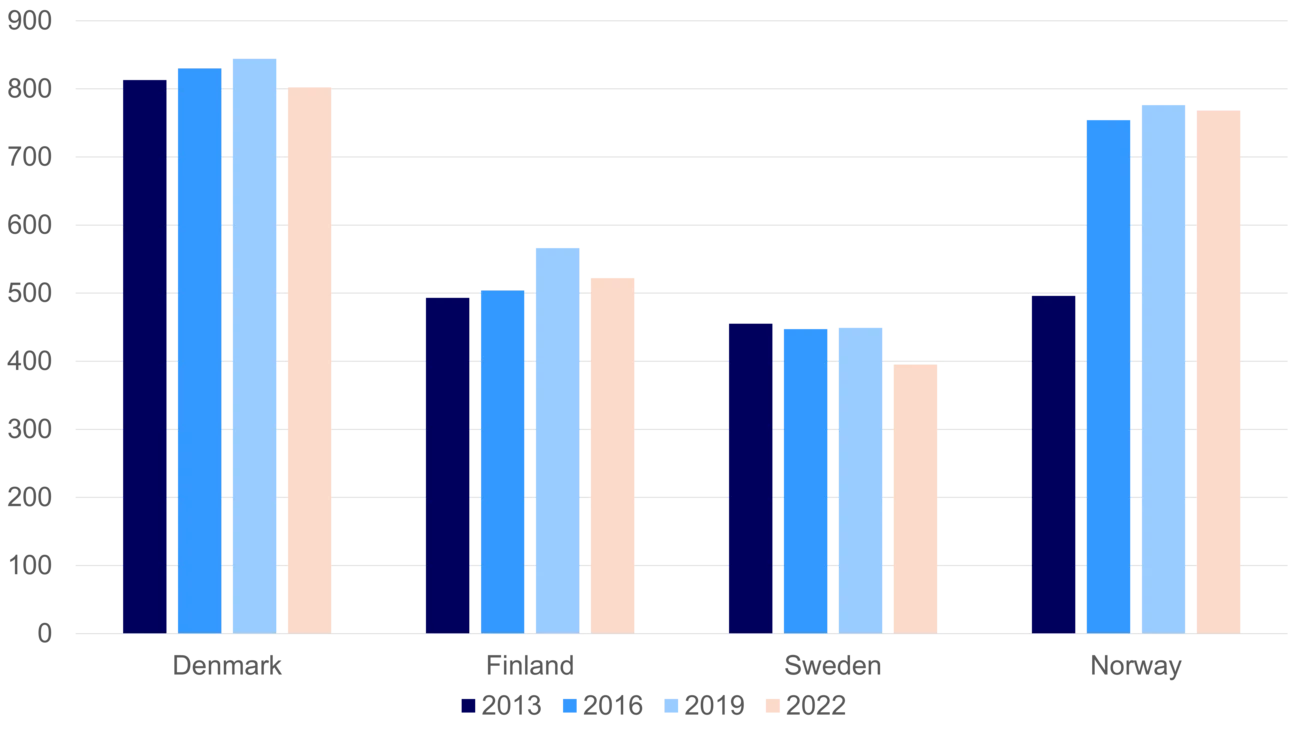Rising regulatory pressures
As for many sectors, heightened regulatory scrutiny is a central theme for the retail sector. Out of the entire global emissions pool, retail accounts for approximately 25%, highlighting the sector’s significance. However, a large portion of these emissions falls under scope 3—originating from activities beyond retailers’ direct control—making them challenging to address. The European Union has adopted regulations to catalyse progress on these challenges.
The Corporate Sustainability Reporting Directive (CSRD), rolling out in phases from 2024, will require retailers to disclose a broader range of ESG metrics, including carbon emissions and labour practices, increasing overall transparency. Building on this, the Corporate Sustainability Due Diligence Directive (CSDDD) will enforce accountability across the value chain, requiring companies to assess and address environmental and human rights risks. However, the EU is currently working on a so-called “omnibus package,” which will most likely simplify and reduce reporting duties for companies, especially for small- and medium-sized companies.
Meanwhile, regulations such as the EU Taxonomy for Sustainable Activities, Extended Producer Responsibility (EPR) laws and the Packaging and Packaging Waste Regulation (PPWR) push retailers to reduce waste in their supply-chains, adopt circular economy principles and meet stricter sustainability thresholds. In addition, the Ecodesign for Sustainable Products Regulation (ESPR) and the EU Plastics Strategy drive resource efficiency and curb single-use plastics through better product design and materials innovation.
Complementing these EU-wide measures, Nordic countries have implemented their own national regulations, often surpassing basic EU standards. These country-specific measures enforce ambitious carbon reduction targets, demand ethical supply chain management and raise corporate transparency requirements. These regulatory pressures are a key driver of ESG efforts in the sector, spurring more responsible sourcing, reduced carbon footprints and stronger accountability across the value chain.







